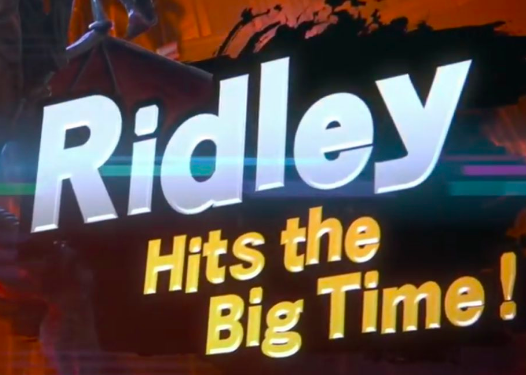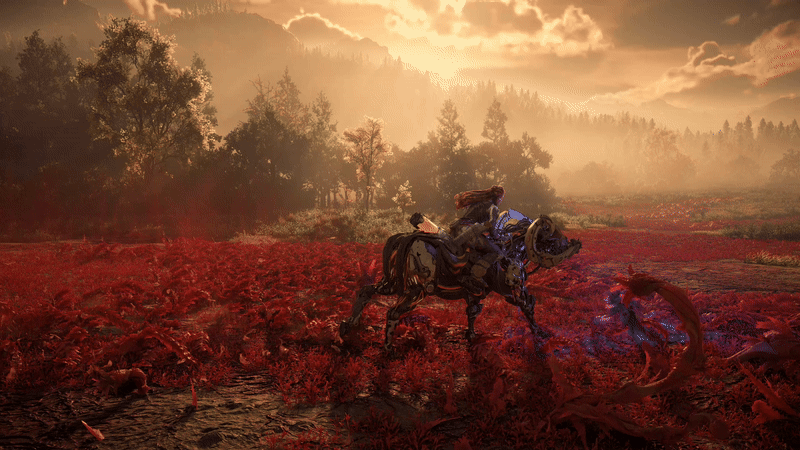It’s almost universally accepted that Super Smash Bros. Brawl is, at least from a competitive standpoint, the worst installment in the Smash series. With the game's random tripping, combo-preventing hitstun canceling, and floaty physics, it’s no surprise that the majority of the "Smash 3" scene moved on to Smash 4 shortly after its release.
Despite its drawbacks, Brawl was once the most popular Smash title, and Brawl players discovered a myriad of obscure tech and movement options during the game's competitive years. Brawl was beautiful in its own way, arguably a more technical game than its successor. Here are some of the coolest Brawl-exclusive techniques—both practical and impractical—that you’ve probably never seen if you joined the Smash scene during the post-Brawl era.
The viable techniques
DACUS
Short for “Dash Attack-Cancelled Up Smash,” this technique allows the player to slide across the stage while charging an up smash. It can be performed by inputting a dash attack followed immediately by an up smash. The character that used this technique most effectively was Snake, whose particularly quick DACUS was made even more deadly by his unique projectile up smash. In fact, the technique was so popular with Snake that it was known as snakedashing during the early days of Brawl.
Many of Brawl’s combos involved DACUS in some way; at Apex 2013, Larry “Larry Lurr” Holland—then known as DEHF—infamously finished off Nairoby “Nairo” Quezada with a down-throw to buffered DACUS. Another example of a DACUS-boosted kill confirm is Sheik’s grab release to DACUS on Meta Knight.
DACUS was not always a Brawl-specific technique. Prior to patch 1.0.4, it could be performed in Smash for 3DS. It’s similar—but not identical—to another Brawl technique: hyphen smashing, or the execution of a smash attack during the post-run sliding animation.
Glide Tossing
Another effective Brawl-exclusive burst movement technique is the glide toss, which allows a character to slide forwards or backward while throwing an item. The execution of this technique is as effortless as its name would suggest: simply throw an item during the first six frames of your character’s roll animation.
Glide tossing is perhaps used most effectively by Zero Suit Samus. The character’s markedly long glide toss and dangerous armor pieces—which appeared at the beginning of every match involving ZSS—are a deadly combination indeed. Glide tossing is also an important technique for Diddy Kong players: Brawl Diddy Kong’s ability to have two bananas rather than one makes the character even trickier than his Smash 4 counterpart.
The Draconic Reverse
A technique specific to Brawl Yoshi, the Draconic Reverse is a slightly over-dramatic name for what happens when Yoshi double jumps from the ground and immediately uses an aerial attack. Since Yoshi dips down slightly during his double jump animation, this technique forces Yoshi into the ground and causes him to slide a considerable distance backwards. The applications of this technique are very similar to those of wavedashing in Melee—Yoshi can attack out of Draconic Rush or use it to bait the opponent into overextending.
The “Omnigay”
This regrettably named doubles technique borrows the first half of its moniker from smasher Stephen “InfernoOmni” Silver, and is performed by a Snake/Meta Knight team. It occurs when the Snake player intentionally sticks a C4 on his teammate, who then grabs and up-throws an opponent. If the Meta Knight player is plugged into a lower port than the opponent, Snake can activate the mine at the apex of Meta Knight’s throw, causing the opponent to die at any percent, while Meta Knight lands unscathed thanks to throw armor. You can see this technique in action about four minutes into the video above.
Lucas stuff
Lucas has some surprisingly useful movement techniques. The first is Zap Jumping, which occurs when Lucas uses side-B (PK Fire) one frame after double jumping. This causes him to jump extremely high while simultaneously releasing a projectile, greatly improving Lucas’ recovery.
Lucas also has the ability to quickly move horizontally by double jumping and immediately wavebouncing a down-B (PSI Magnet). This technique is known as the Magnet Pull.
The useless techniques
These character-specific techniques are nigh-unusable in competitive play, but they’re cool oddities and still deserve to be mentioned.
The Flight of Ganon
An absurdly high jump that Ganondorf enters after inputting a jump and down special at the same time. It’s easy to perform this technique by buffering both a jump and down special (Wizard’s Foot) during a grounded Wizard’s Foot.
Snake’s taunt edgeguard
In Brawl, taunting with Snake causes the character to hide under a cardboard box. When any button is pressed, Snake stands up, releasing the box—and a hitbox—behind him. The video above (created by GIMR back when he still went by his full tag, God-Is-My-Rock) demonstrates that Snake’s taunt can be used for a situational,but extremely 'swagtastic' edgeguard.
Bowser’s hidden power
Bowser has some intriguing Brawl-exclusive tech that was relatively underexplored during Brawl’s competitive lifespan, mostly due to the character’s nonexistence in the higher levels of play. However, these techniques provide Bowser with uncommon abilities that, when developed further, could have allowed him to slowly climb the tier list if the Brawl metagame had continued to develop.
In Brawl, Bowser’s grab release is unique in that he has 11 frames of advantage over most other characters, allowing him to regrab every character in the game after a ground release besides Donkey Kong, Jigglypuff, and Yoshi. Bowser can force a ground release by pummeling every 28 frames, allowing him to effectively chain grab most characters across the stage whenever he gets a grab. After air releases, Bowser is guaranteed some good follow-ups, such as aerial side-B (Flying Slam) on Kirby or Mario.
Bowser can also use Flying Slam to koopa hop, or perpetually stay in the air by inputting jumps immediately after using side-B. This movement technique allows Bowser to threaten both aerial and grounded attacks simultanously and affords him the ability to mix up opponents by weaving through the air menacingly.
It’s almost surprising that we never saw a top-level Bowser player ruthlessly chaingrab an opponent across Final Destination during Brawl’s heyday. Is Bowser’s frame data truly so horrible that it renders his koopa hop useless? Or is Bowser the top tier that never was—secretly viable for all the years of competitive Brawl, but underestimated by all? Unless a top-level Brawl diehard like Vishal “V115” Balaram develops a Bowser, we’ll never know.
Though it had many flaws, Brawl was a nuanced and technical game that might have flourished if game-breaking characters like Meta Knight and Ice Climbers didn't dominate the metagame. However, the competitive Brawl scene is far from dead. Last year's biggest Brawl tournament, Super Smash Con 2017, drew a whopping 182 entrants!
More importantly, the modern Brawl metagame is no longer eclipsed by the aforementioned top tiers. While Nairo won Super Smash Con 2017 with his infamous Meta Knight, only one other Meta Knight main was able to make his way into Top 8. That player, Cody, is proof that there are opportunities for new (or at least new-ish) blood to break through to the highest level of Brawl: though he's competed in Brawl tournaments (using the tag Quest) since 2012, Smash Con was Cody's first major Top 8.
There's still plenty of glory for the taking in the modern Brawl scene, and these advanced techniques are necessary knowledge for anyone trying to cut themselves a slice of it. If this article tickled your fancy, consider firing up your Wii, practicing your koopa hops, and joining the fun!






















